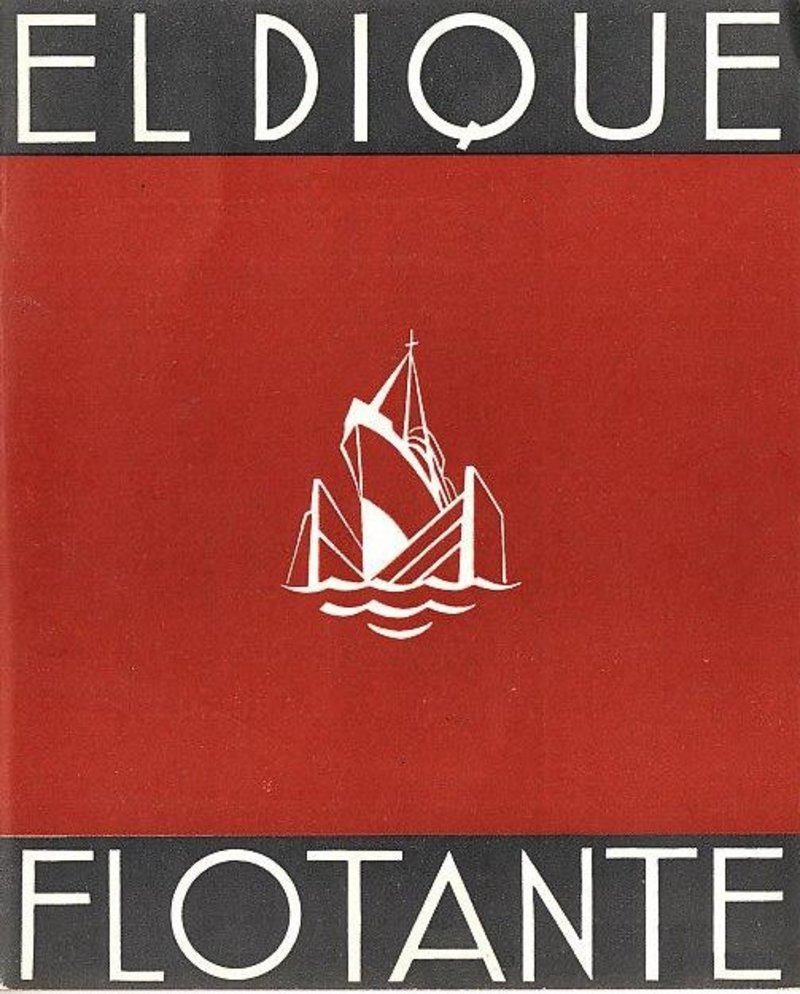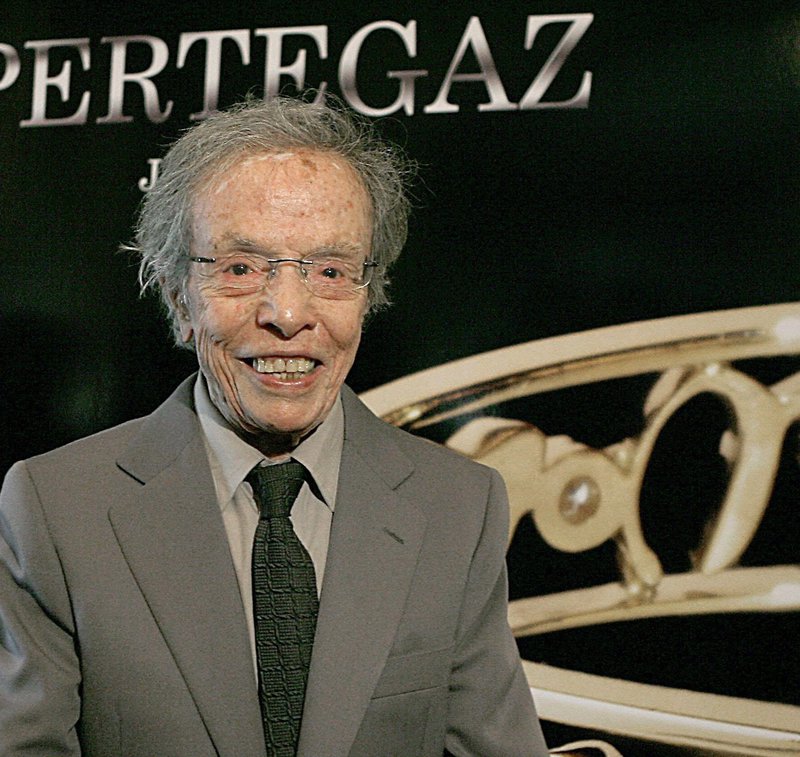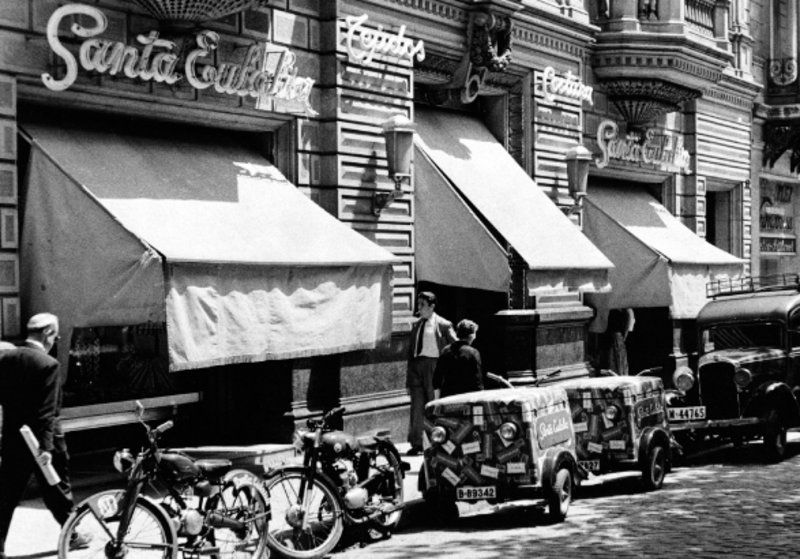Catalan chic
Catalonia Today this month begins a new series of articles that examines the past, present and future of the fashion industry in Catalonia
From the 1920s onwards fashion had become a consumer commodity
Traditionally, September kicks off the fashion year and all sectors of the industry look to the future with optimism. This year however, two pieces of news have dampened festivities somewhat.
The first relates to an unexpected but long-hoped-for development that soon saw those hopes dashed. Event promoter Karl-Heinz Müller had announced in July that the Bread & Butter festival would return to Barcelona, much to the delight of the fashion industry but also the city council and Barcelona's trade fair organisers. A quick about-face, however, saw the organisation state that: “Fashion industry and retail are sceptical towards an event in Barcelona in winter,“ before going on to say that “Maybe a summer event in Barcelona is more advisable.”
Yet, industry sources believe this to be unlikely given the organisation's ideas of expansion into the lucrative Asian markets, with Seoul on the menu for September 2015 and a possible second Berlin festival to take place in the German capital in July of next year.
The second headline speaks mainly to our long and established history in the world of fashion and relates to the death of Catalonia's most internationally renowned designer of his time, Manuel Pertegaz.
Of humble origen, Pertegaz left his native Teruel in 1927 at the age of 10 and came to live in Barcelona. He apprenticed in a tailor's workshop where he soon showed signs of his exceptional design skills. By 1942, he had opened his own house of haute couture on avinguda Diagonal, and that studio remains to this day as it was during his lifetime, a mirror of the elegance of this designer and of an era.
Like most of his Catalan contemporaries, Pertegaz's entry into the international fashion scene began in Paris but he was quickly drawn to the US, where he had unconditional devotees, such as Ava Gardner and Audrey Hepburn. His creations immediately found their way into the major stores of Philadelphia, New York, Atlanta and Boston and he was fêted by Harvard University.
Intrinsic to the world of fashion is the sense of constant change and it was this momentum which carried Pertegaz on an unparalleled wave of success: an established figure in the US, international acclaim from shows in American cities, as well as Canada and Mexico, before moving back to the major centres of Europe and the East, and all in just three years.
When Cristian Dior died in 1957, Pertegaz was asked to take the reins of his empire. Surprisingly, he declined this most attractive offer, choosing instead to return to Barcelona and it is for this that Catalan fashion is eternally grateful to him. The fact that designers such as Pertegaz and Cristobél Balenciaga were prepared to stake their claim in local territory bought a much needed respectability and legitimacy to the work of other, lesser-known creatives. Thankfully, it also bought the significant buying power of Catalan high society back from Paris, providing a solid financial basis for development and expansion on home ground.
Catalonia had long boasted an established fashion industry, thanks to its close ties to the textile industry and continuous contact with the world of the arts in the City of Light. Barcelona especially thrived on its contact with the world beyond our borders, while at the same time welcoming all and sundry to the city, creating a lively and cosmopolitan environment which fostered the growth of a middle class anxious to present itself in its finest attire to the world.
Spains' Civil War brought an abrupt end to the romanticism of the burgeoning fashion world. Textile factories and workshops either closed or went on a war footing and those that survived faced an entirely different future in the years of the Franco dictatorship.
From the 1920s onwards, fashion had become a consumer commodity and not solely the realm of the upper classes and the French concept of prêt-à-porter had gained in popularity as well among a growing middle class. The aftermath of the conflict however, put paid to all that. The middle classes that had steadily worked to improve their lot now found themselves trapped both socially and economically, with little hope for change in their foreseeable future.
Such conceptual changes deeply effect creative industries such as fashion and stretch beyond the simple business model of supply and demand. It was not just the fact that people could no longer afford their product but more importantly that the environment which could nurture their creativity had simply vanished. Many creatives and designers took up occupations which were able to fit comfortably into the rigidity of the new regime: seamstresses, tailors or pattern makers. In Catalonia and Spain, creativity was either fostered for a select few, or came under close scrutiny and generated suspicion.
Of the major Catalan fashion houses that managed to stay afloat immediately following the war, los Cinco Grandes, Asunción Bastida, Santa Eulàlia, El Dique Flotante, Pedro Rodriguez and Manuel Pertegaz , all formed La Cooperativa de Alta Costura, and seeing little alternative, they set off to find fame and fortune... in Madrid.
I would love to hear your views on this fascinating subject. jhogan@cataloniatoday.cat
Life on Planet Fashion
Fashion is anarchic and unpredictable and those that surround and support the creatives involved are there to serve. It is a planet made up of inhabitants who come from different callings, who speak impossibly different languages but who somehow have found an almost perfect equilibrium and understanding of how to bring something new into existence. It requires an environment, a situation and a process. The economy fashion generates is impossible to quantify and the wise business person or investor needs to learn the golden rule: do not interfere.
So, what lies ahead?
There are so many players in the world of fashion and perhaps this is one of the factors that makes it so exciting and vibrant. Over the coming months, Catalonia Today will be taking a look at the industry from diverse angles and talking to the people involved. We'll meet established and up-and-coming designers, look at the impact of the Internet in marketing and sales, examine the fashion press and media and get inside a few of Catalonia's internationally respected modelling agencies. We'll even be alongside the catwalk at 080 Barcelona Fashion 2015.








